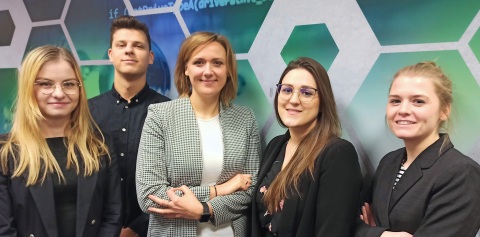Meet the Team: QSAR Lab

March 9, 2023
What are your main tasks in the project?
QSAR Lab is developing computational methods for monitoring PFAS in the environment and managing the risk they pose for the environment and human health. In particular, we are working on improved methodologies for the toxicological assessment of environmental media, drinking water, and regulatory tools by combining in vitro and in silico testing. We also work on improving in silico approaches to identify the properties of persistent, mobile, and toxic (PM(T)) substances.
What are your goals?
Our main goal is to deliver a battery of computational tools for predicting the physicochemical properties of PFAS, which will be further used for modelling the fate and transport of these compounds in the environment. Moreover, we are implementing computational approaches for the development of novel non-animal methods (NAMs) for assessing the human risk of PFAS and PM(T) compounds.
What do you particularly like about the project?
We especially appreciate the fact that the PROMISCES project gathers scientists from various scientific fields that work together to provide assessment and regulatory tools to improve human health protection. PFAS are very tricky compounds that are present everywhere, and their impact on the environment and human health is huge. Therefore, it is very important to systematize all knowledge and develop methods to prevent these compounds from entering the environment.
How does your work help the general public?
In our work, we deal with computational chemistry. This is not only a powerful alternative to animal testing of compounds. Applying machine learning methods also allows for simultaneously predicting properties for thousands of compounds. Thus, the risk assessment becomes faster, doesn’t emit waste into the environment, and eliminates, in many cases, animal testing.
